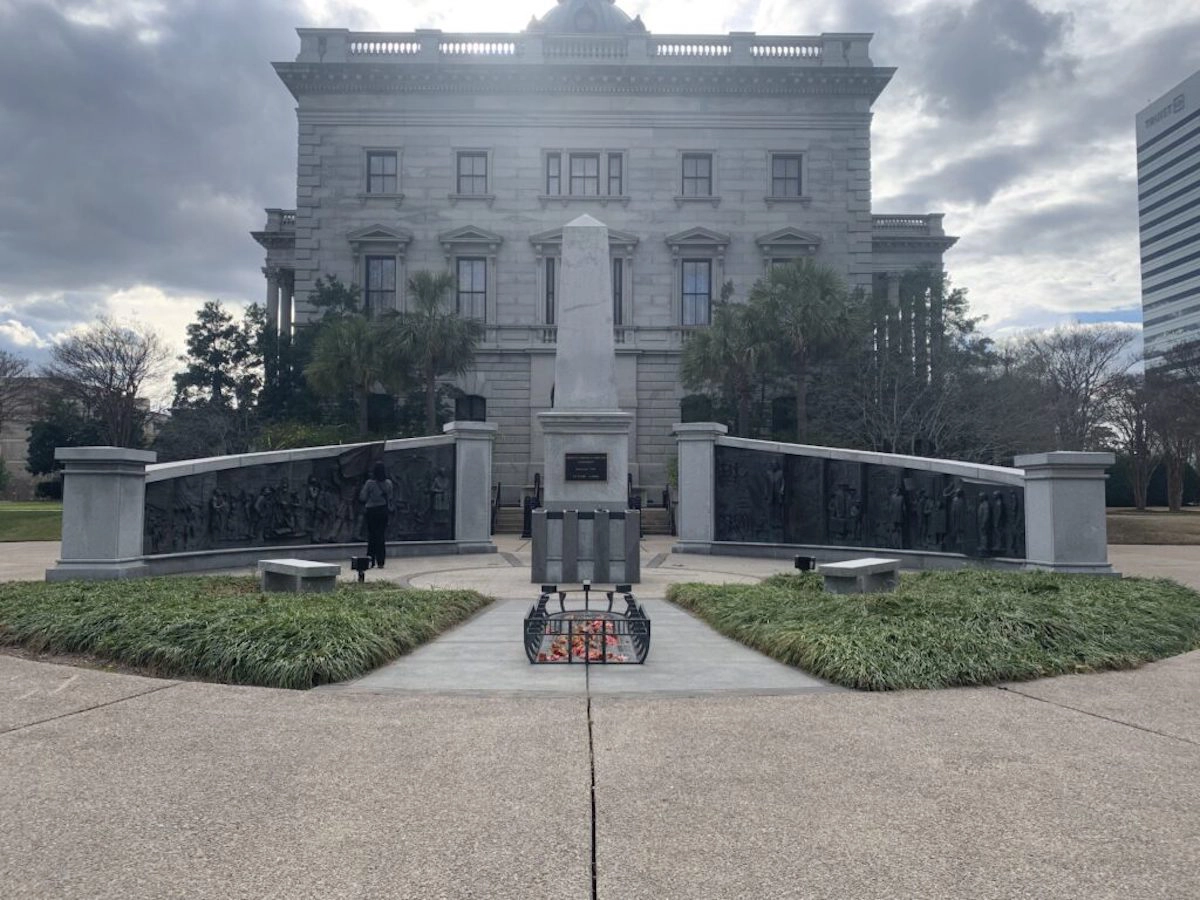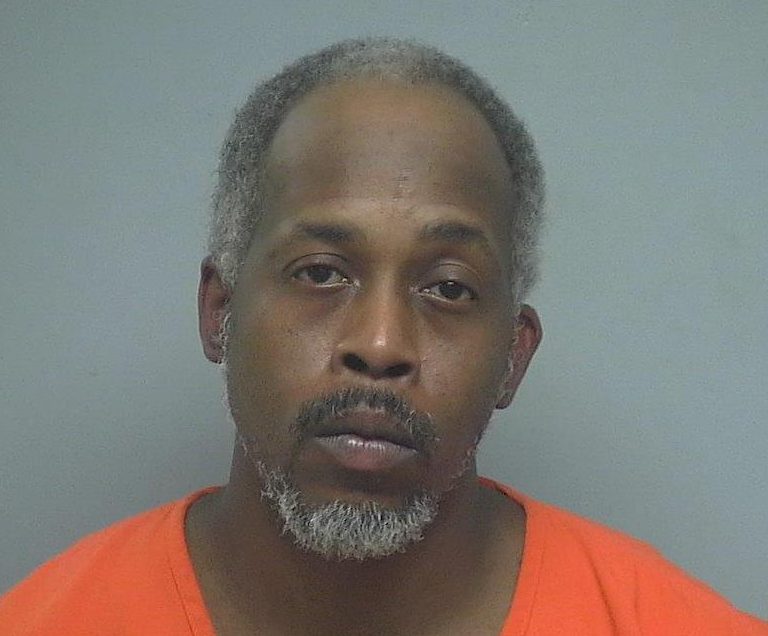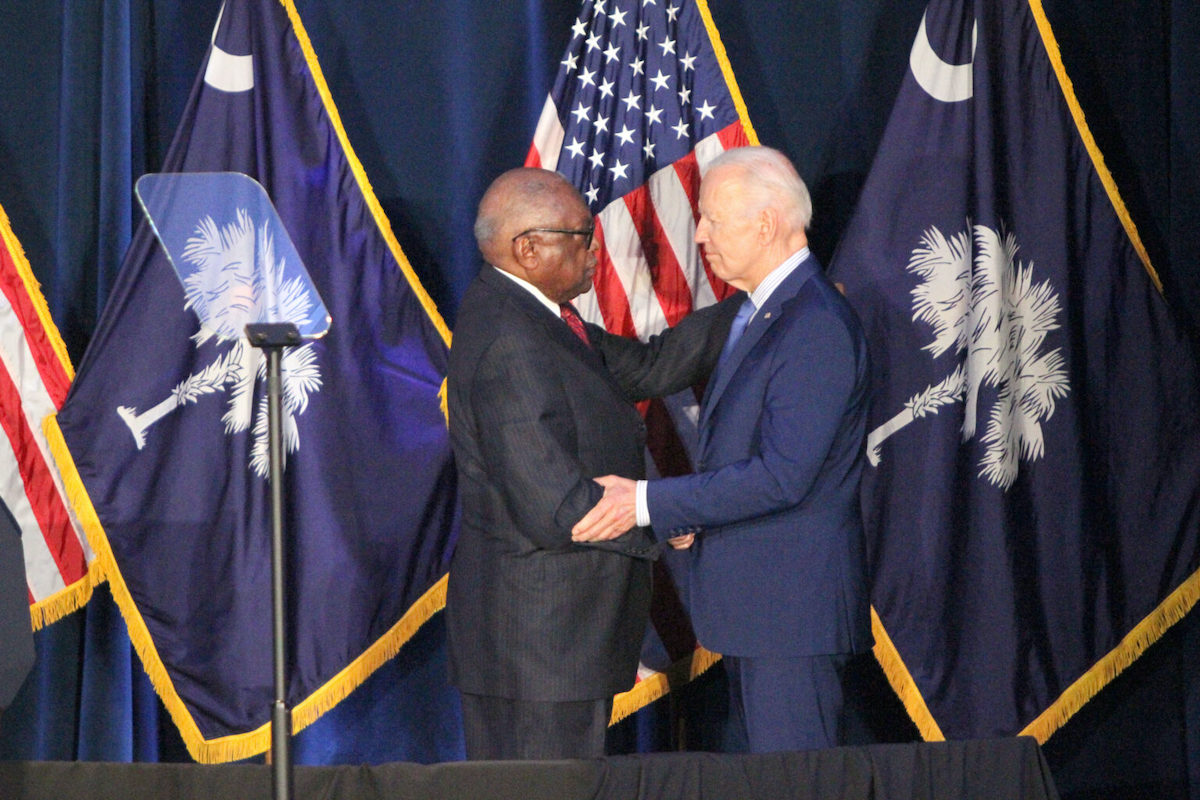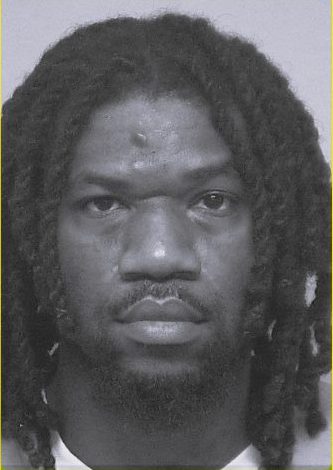Monument would be the first honoring single Black person on grounds
By Skylar Laird and Seanna Adcox
SCDailyGazette.com
COLUMBIA — A bipartisan group of South Carolina legislators wants to add a statue on Statehouse grounds commemorating Civil War hero and lawmaker Robert Smalls.
If approved, the statue would be the first monument honoring an individual Black person at South Carolina’s capitol complex. A monument that honors the struggles and contributions of Black South Carolinians from the slave trade through the 20th century became part of a 2000 compromise that took the Confederate flag off the Statehouse dome. Black trailblazers are recognizable in the carved panels, but no one is identified.
All of the stand-alone monuments, markers and statues memorializing specific South Carolinians on Statehouse grounds honor white men.
The bill advanced unanimously Thursday, March 7, from a House subcommittee would create an 11-member commission to design and raise money for a monument to Smalls and decide where on Statehouse grounds to put it.
In 1862, Smalls hijacked a Confederate supply ship he worked on, steered his family to freedom and delivered the ammunition-laden vessel to the Union. He went on to become a state legislator and five-term congressman.
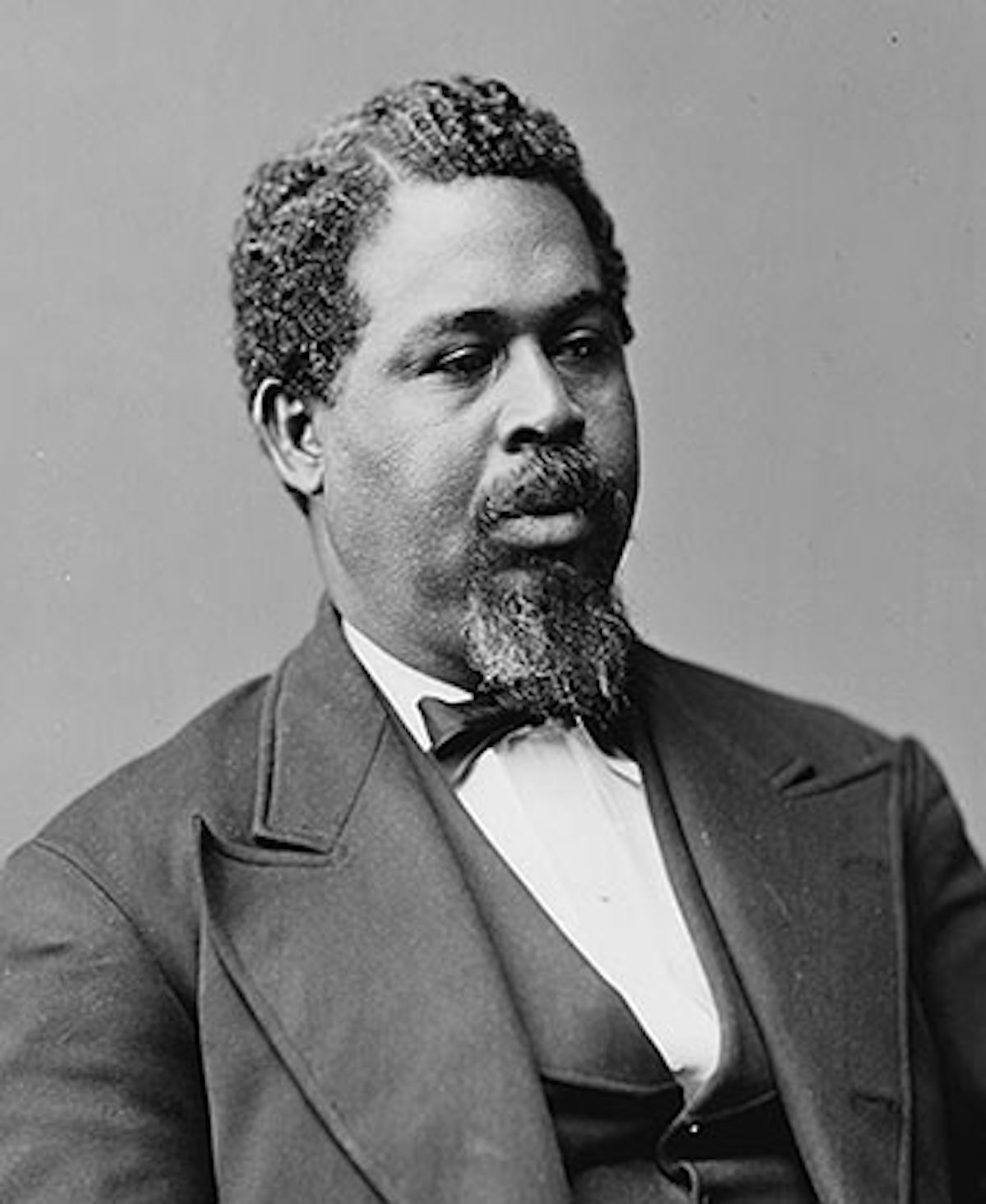
“I’m looking forward to bringing my children up here to see this monument so I can say, ‘Hey, listen, these are the people that represent you. This is an individual that looks like you, that came from the type of things that your ancestors come from and was able to overcome all of the obstacles that were set out against him,’” said Rep. Jermaine Johnson, a Black Democrat from Hopkins.
Smalls’ story resonates with people regardless of their race or political party, said Johnson, who joined with Rep. Brandon Cox, a white Republican from Goose Creek, to lead the effort.
“I think this is one we can all unite around,” Johnson said.
Thirty-three other legislators have signed on to the bill, including House Speaker Murrell Smith, R-Sumter. That suggests smooth passage through the House, where all proposals concerning changes to war-related monuments have been off limits since the 2015 debate that removed the Confederate flag from Statehouse grounds for good.
A multi-pronged, years-long effort
Thursday’s vote comes a year after lawmakers designated every May 13th “Robert Smalls Day” in South Carolina: It was in the early morning of May 13, 1862, that Smalls carried out his daring plan to commandeer the steamship Planter and pilot past Confederate forts to the Union blockade in Charleston Harbor.
The state Senate has separate plans to recognize Smalls inside the Statehouse.
Legislation introduced by Majority Leader Shane Massey and co-sponsored by the entire Senate commissions a portrait of Smalls to hang in the chamber where he served from 1870 to 1874. Money is being raised for it. A vote on the Senate floor should be soon, Massey said. Since the resolution pertains only to the Senate’s walls, no House vote is even needed.
But Massey said he doesn’t have a problem with a monument to Smalls outside.
“If anyone is worthy of having a monument on the grounds, Robert Smalls would certainly be considered,” said the Edgefield Republican.
His only concern, he said, would be where to put another monument.
Moratorium
That question helps explain why the Legislature enacted a moratorium in 2007 against adding any more monuments on the capitol complex. It followed dedication of the Law Enforcement Memorial in 2006, the largest on Statehouse grounds, which came a few months after dedication of the Armed Forces of the U.S. Veterans Monument, the second largest. (The African American History Monument, dedicated in 2001, is the third largest.)
“We didn’t want it to turn into a Disney World-type thing,” Sen. Rex Rice, R-Easley, said about why he sponsored the moratorium. (He was in the House at the time.)
But the law putting on the brakes to more and bigger monuments allows for exceptions through a process.
Extra permission steps for a Smalls monument include supermajority approval by the joint House-Senate Statehouse Committee. Judging from the bill’s unanimous support Thursday and the leaders who have signed on, Johnson said he doesn’t expect a problem.
The vote shows a willingness that didn’t exist six years ago, when Sens. Greg Gregory (a white Republican) and Darrell Jackson (a Black Democrat) introduced legislation calling for a Statehouse monument to Smalls.
“Robert Smalls was both a warrior and peacemaker, both a combative and kind man who accomplished incredible feats,” Gregory, who didn’t seek re-election in 2020, said in a joint news conference with Jackson before filing the measure. “Unfortunately, few people know of this man — one of our greatest citizens — and we’re seeking to change that.”
But that legislation went nowhere.
It came amid an escalating national debate over statues honoring Confederates and historical figures with ties to slavery.
Unlike in other places around the country, no statue was toppled on Statehouse grounds. That’s partly due to a 2000 state law — part of the compromise that first took the rebel flag off the dome — that required supermajority approval from the Legislature to remove, rename or just generally disturb any war-related memorial on public property statewide.
After the contentious 2015 debate that removed the Confederate battle flag entirely from its perch on the Statehouse’s front lawn, then-House Speaker Jay Lucas vowed there would be no further debate over any exemptions to the so-called Heritage Act under his watch.
And Lucas, who left office in 2022, followed through with that pledge. No legislation to add, subtract or alter monuments came up while Lucas was at the helm, even after the state Supreme Court overturned the requirement for supermajority approval.
But legislators’ opposition to debating monuments is generally over their removal, rather than additions, Massey said.
Even calls for the removal of former governor (1890-94) and U.S. Sen. Ben “Pitchfork” Tillman, an avowed white supremacist who advocated killing Black people who tried to vote, have gotten no traction whatsoever. The reason many people learn about him is because of that statue on the Statehouse’s front lawn, GOP legislators have said, and while his violent racism is despicable, he had a profound impact on South Carolina’s history that should be learned and understood. It’s his 1895 state constitution that still governs South Carolina.
Legislators leading the effort to get Smalls onto Statehouse grounds were very clear: Their proposal does not mean removing or replacing anything.
“We’re simply memorializing somebody in South Carolina history that has shown leadership and grace and fortitude,” Cox said.
Who was Robert Smalls?
Smalls, born a slave in Beaufort in 1839, was sent to Charleston at age 12 to be hired out. When the Civil War began, he was an enslaved crew member of the steamship Planter contracted out to the Confederate army, which, with his skills, he was trusted to pilot. (Slaves were not supposed to be hired as pilots.)
It was when the white crew members were ashore for the night in Charleston that he and other enslaved workers on the ship fired up the ship’s boilers and picked up their family members at a wharf. Disguised in a captain’s hat and knowing the signals to give, Smalls steamed through a gauntlet of Confederate guns to freedom, according to the National Park Service.
Smalls became the first Black man to pilot ships for the U.S. Navy, using his knowledge of the Charleston Harbor to fight the Confederate ships there. Eventually, the Navy made him a captain and gave him command of the same ship he used to escape.
In 1864, when Beaufort was occupied by the Union, Smalls used the prize money Congress gave him for capturing the Planter to buy at auction the mansion of the man who enslaved him, according to the National Park Service.
During the post-Civil War Reconstruction era, he was part of the majority-Black convention of delegates who wrote the state’s 1868 constitution that undid the Black Codes and promised free education for all children and voting rights to all men. It was that constitution that resulted in Congress readmitting South Carolina to the Union.
Smalls was then elected to the state House, then the state Senate before winning a seat in Congress in 1874.
His five terms in the U.S. House are especially remarkable when considering they followed the end of Reconstruction, as the newfound rights of freed slaves were being overturned and often violently reversed. The state constitution rewritten in 1895 formally rolled back education and voting rights and ushered in the Jim Crow South.
Smalls, a Black delegate to the mostly white 1895 convention, pleaded for a constitution guaranteeing “fair and honest” elections, even while recognizing the purpose of the convention — organized by “Pitchfork” Tillman — was to disenfranchise Black voters.
After Smalls’ death in 1915, his story mostly faded from history until the early 2000s, when Beaufort residents started calling for a national park site telling Smalls’ story.
A Reconstruction Era National Monument was established by President Barack Obama’s January 2017 executive order. Two years later, it became a national park that includes Smalls’ home, which remained in the family until the 1950s, a visitor center a few blocks away, and the church where he’s buried.
“I just can’t think of anybody else that I would go and say, ‘Hey, let’s put a statue of this person on the grounds,’” Cox said. “Robert Smalls was that person.”
The monument
A Statehouse monument honoring Smalls would be funded by private donations, Cox said.
How much would be needed is not yet known. Other monuments put on Statehouse grounds over the last 25 years would cost from $489,000 to $2.8 million to build today, due to inflation.
For example, the bronze-and-granite sculpture of former governor and U.S. Sen. Strom Thurmond, installed in 1999 with $850,000 from private donors, would have cost about $2 million to reconstruct in 2023. And the African American History Monument, which cost $1.2 million — also from private donors — would now take $2.8 million, according to th state’s Revenue and Fiscal Affairs Office.
If legislators give their approval, the size and look of the Robert Smalls statue would depend on how much money people donate. Cox said he’s confident the money will come.
“To put Robert Smalls in the South Carolina capitol? Oh yeah, we’re definitely getting money for this,” Cox said. “I’m not worried about that at all.”
Skylar Laird covers the South Carolina Legislature and criminal justice issues. Originally from Missouri, she previously worked for The Post and Courier’s Columbia bureau.
Seanna Adcox is a South Carolina native with three decades of reporting experience. She joined States Newsroom in September 2023 after covering the S.C. Legislature and state politics for 18 years. Her previous employers include The Post and Courier and The Associated Press.


